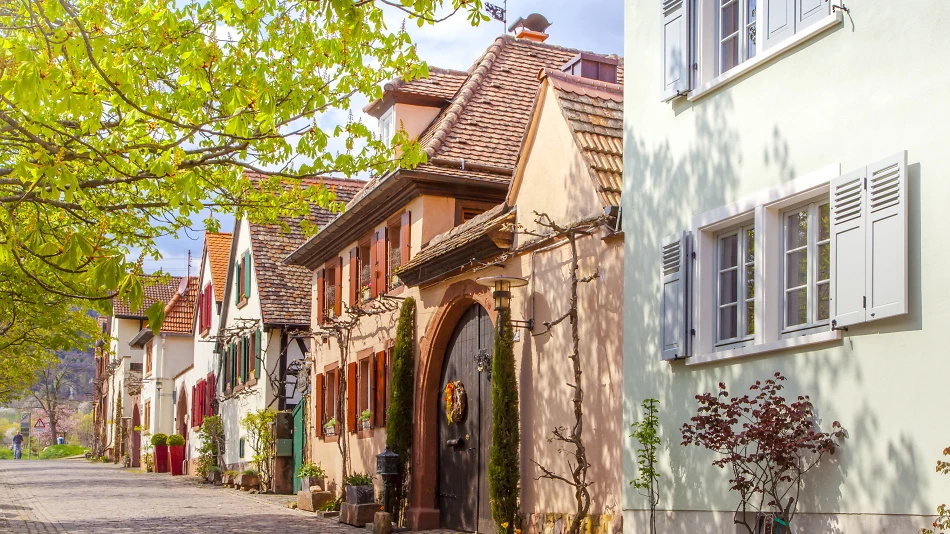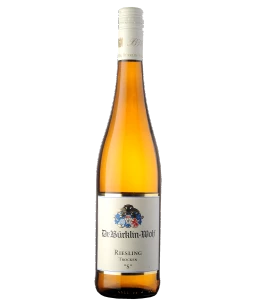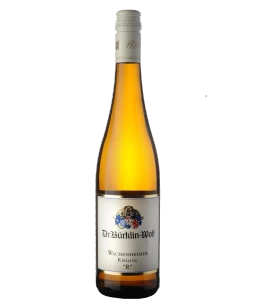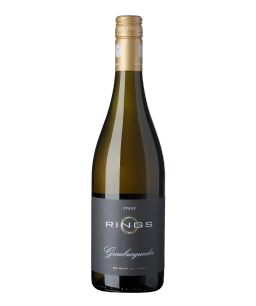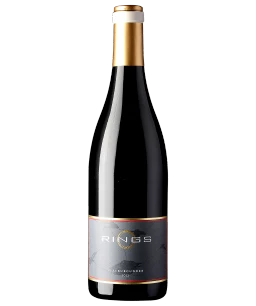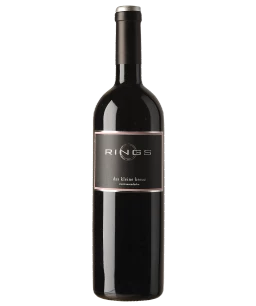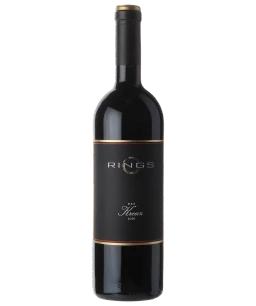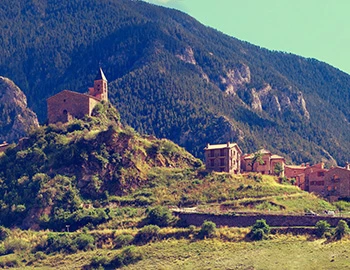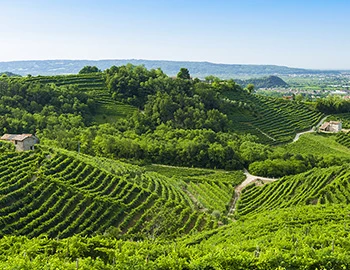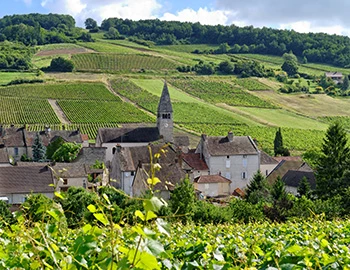Pfalz
Pfalz: Riesling meets Burgundy
Palatine winemakers manage the feat of vinifying top-tier crus from both white and red varieties. In addition, Riesling presents the same class here as Chardonnay and other Burgundy varieties. This versatility at high quality levels makes Germany’s second-largest wine region a trove of discoveries of all kinds. Tranquil winegrowing towns with a diverse range of culinary offerings and hotels make the Palatinate region a perfect wine travel destination.
White wines from Pfalz
Red wines from Pfalz
The boom the winegrowing town of Deidesheim has experienced is representative of the general upswing in quality in the Palatinate region. Here, where Helmut Kohl once enjoyed his Saumagen, a multitude of new hotels and restaurants have cropped up in recent years. The top wineries in town offer visitors a comprehensive programme. While the Palatinate cannot impress with steep slopes or spectacular forts and castles perched over the valley, a high-quality, holistic wine culture can be found here.
Mild climate, low precipitation
Viticulture in the Palatinate benefits primarily from its preferential climate conditions. The hill and mountain chains of the Palatinate Forest, which are essentially a continuation of the Vosges, provide effective protection from the cold, wet air masses from the west. Thus the winegrowing areas of the Palatinate record an impressive 2,000 hours of sunshine per year. Rainfall of 500 millimetres per year per square metre is lower than almost anywhere else in Germany. The average yearly temperature is 11 degrees Celsius. For this reason, the climate in the Palatinate is often described as moderate Mediterranean. Soil conditions are varied: in general, sand, loam and loess predominate, but marl, Keuper, granite and porphyry also play a role depending on the zone.
Dry Rieslings are best
The assortment of varieties is great: Müller-Thurgau, Portugieser and especially Dornfelder play important roles in the Palatinate. But for wine enthusiasts, Riesling and Burgundy varieties are the most interesting. In the prime locations of the Palatinate, Riesling yields dry growths which – with their perfect balance of delicateness and lush fruit body – are among the best in Germany. And the best Chardonnay and Pinot Noir selections from the Palatinate can take on premium wines from Burgundy.
